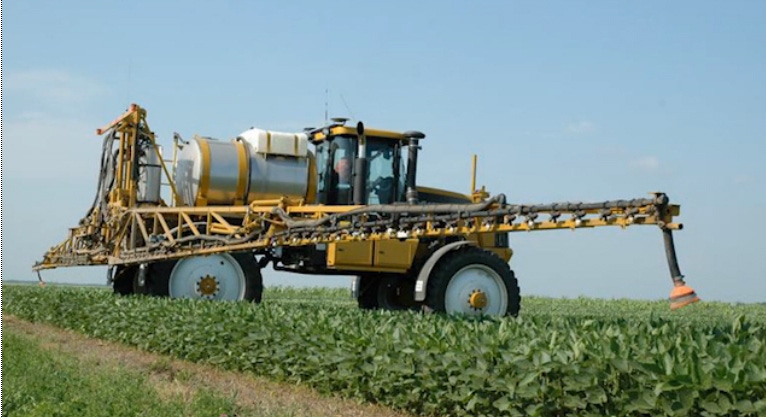
A legitimate concern as agriculture makes final preparations to add new, herbicide resistant technology—and new herbicide combinations—into production plans this coming spring will be off-target applications to non-tolerant crops.
Companies that are launching herbicide combinations that include Dicamba and 2, 4-D to be used only on crops tolerant to one or the other—not both—of those products have developed guidelines for the past few years on how to apply these materials as safely as possible. They have established specific protocols for preventing off-target drift, sprayer cleanout, and nozzle selection. A new program takes the guide one step farther.
“Flag the Technology,” a program that originated in Arkansas as a means of identifying fields sensitive to certain herbicides, has evolved into a mobile app for smart phones and tablets. The Texas Plant Protection Association and Texas AgriLife Extension spearheaded the effort.
The system allows farmers to place colored flags at entry points of fields. Each flag color represents a different kind of technology in use in a specific field. Red flags, for instance, mean do not spray non-specific herbicides.
Flag colors and uses include:
White—Technology is tolerant to glyphosate herbicides.
Green—Tolerant to glufosinate herbicide.
Yellow—Clearfield rice, sunflowers, wheat and canola.
Teal—Tolerance to both 2, 4-D and FOP (ACCase) herbicides, Enlist technology. The white stripes indicate tolerance to glyphosate. For Enlist cotton and soybean fields, a green flag should be added to denote tolerance to glufosinate herbicide (Liberty).
Black and white checkered—Tolerant to both dicamba and glyphosate (Roundup Ready Xtend).
Red—Extreme caution required. Conventional crops with no herbicide tolerant traits as well as vegetables, vineyards, apiaries, and organic production.
Texas Plant Protection Association CEO Ray Smith said during the recent TPPA conference in Bryan, Texas, that the app will “help enlighten our farmers on how to use the new technology.” He says a colored brochure offers the basic information, but he and others within TPPA and Texas AgriLife Extension thought a mobile app would be more useful. The app will be available to spray applicators who can check flag colors as they enter a field. The flag indicates which products he can use.
“It’s a way to prevent misapplication,” Smith says.
READY TO LAUNCH
The app has been developed since last spring, but Smith says education efforts were delayed until the new products were registered. He adds that seed distributors will have the flags, matched to the proper transgenic varieties.
The new app builds on the program developed by Bob Scott, University of Arkansas, and when Todd Sink, Texas AgriLife Extension wildlife and fisheries, came over from Arkansas, he took on the chore of developing the Flag the Technology app. “We wanted to make the system more available,” Sink said during the opening session of the TPPA conference. “It is easy to use.”
Users also have the option of meshing the app with the Texas Crop Registry, a voluntary program that allows producers with sensitive crop areas to register specific fields—including those non-GMO acres, orchards, and others—says Bob Coulson, Texas A&M department of entomology. “That information will be available to pesticide applicators. Individuals must register to use the system,” he adds. “Producers would register, specify field location and add the crop or sensitive nature of the area.” He says producers would need to calculate field dimensions.
With that information logged in, Coulson says, the producer can go to the Flag the Technology program and select the color flag needed for the fields.
“The applicator will have a dashboard with the field profiles included to prevent off-target applications.”
Coulson says the Texas Crop Registry will transition to a new program soon and will be labeled “Hit the Target, which can be accessed through a mobile device.”
Sink says the Flag the Technology app is user friendly. “It loads within five seconds. The pesticide applicator is aware of where sensitive crops are located and can adjust flight plans to avoid those areas.”
Farmers reacting to the program indicate they prefer to install as few flags as possible, typically one at the field entry point, perhaps another at the edge of a field that borders a field with a different technology or with a sensitive crop.
The Flag the Technology app is available, free, from Google Play and iTunes.
About the Author(s)
You May Also Like






